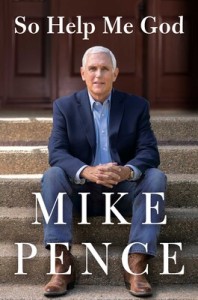Students who transfer to charter schools authorized by the Indianapolis mayor’s office tend to perform better on state assessments than their peers who stay in traditional public schools. But students who switch to charter schools authorized by Indiana colleges and universities fall behind academically.
Those are among the top-shelf findings of a recent study of Indiana charter schools and their authorizers. And the evidence that charter school authorizers may have an impact on the schools’ effectiveness should be getting more attention from policymakers, an author of the study told me.
“Charters are here, and they are a fairly sizeable sector,” Joseph Ferrare, a social scientist at the University of Washington Bothell, said in a phone interview. “We should want them to do well.”
Continue reading



